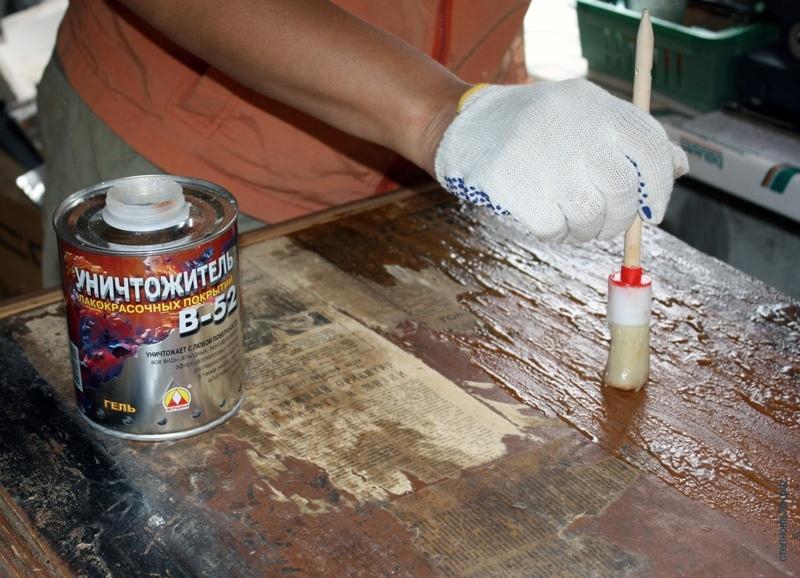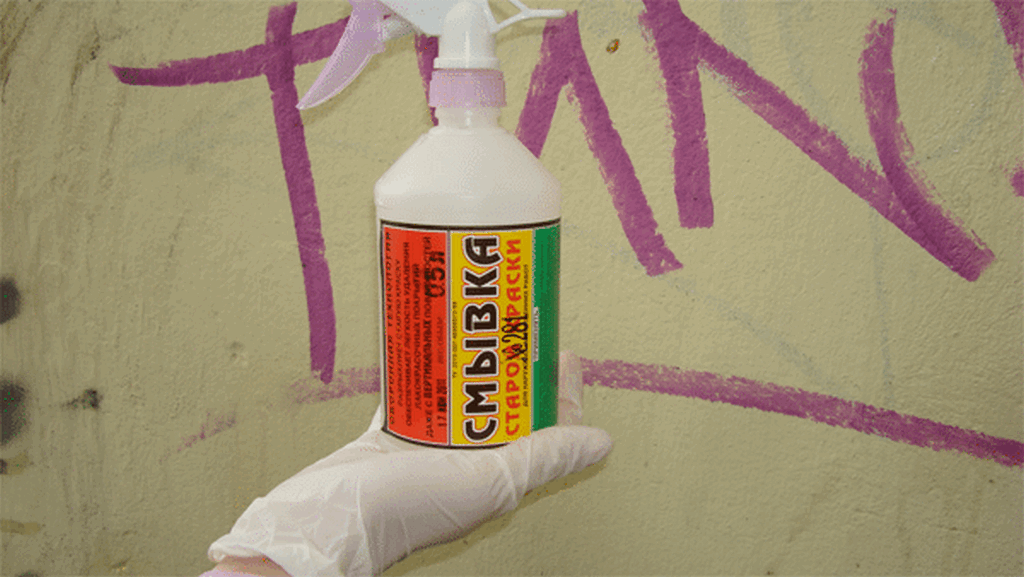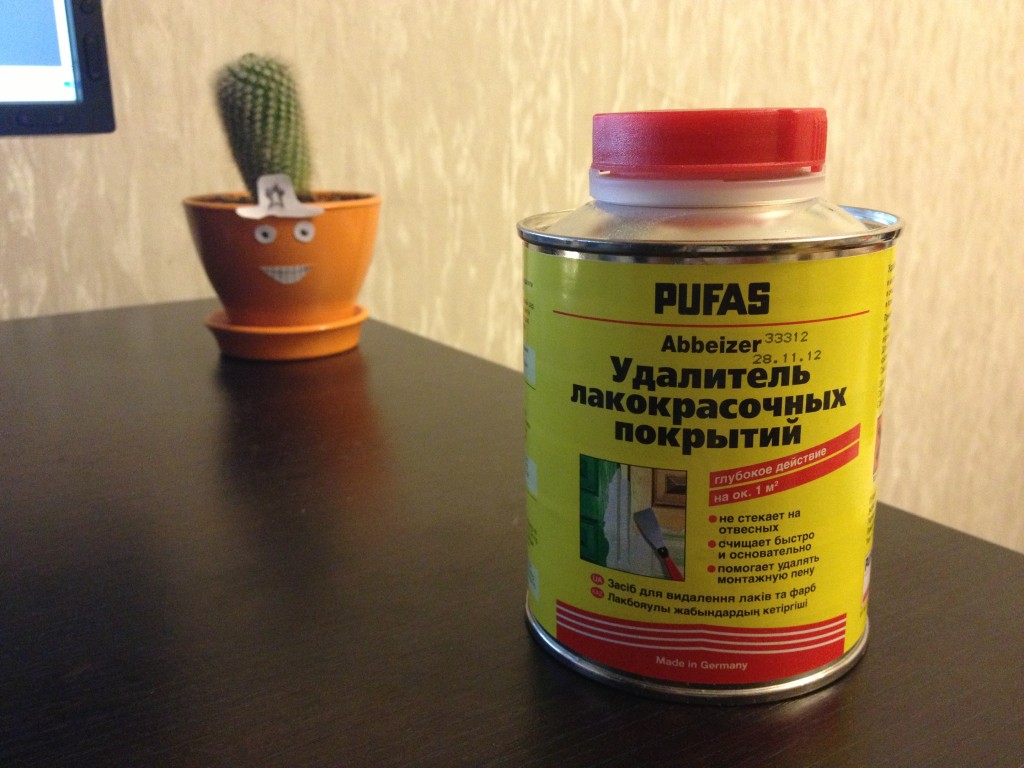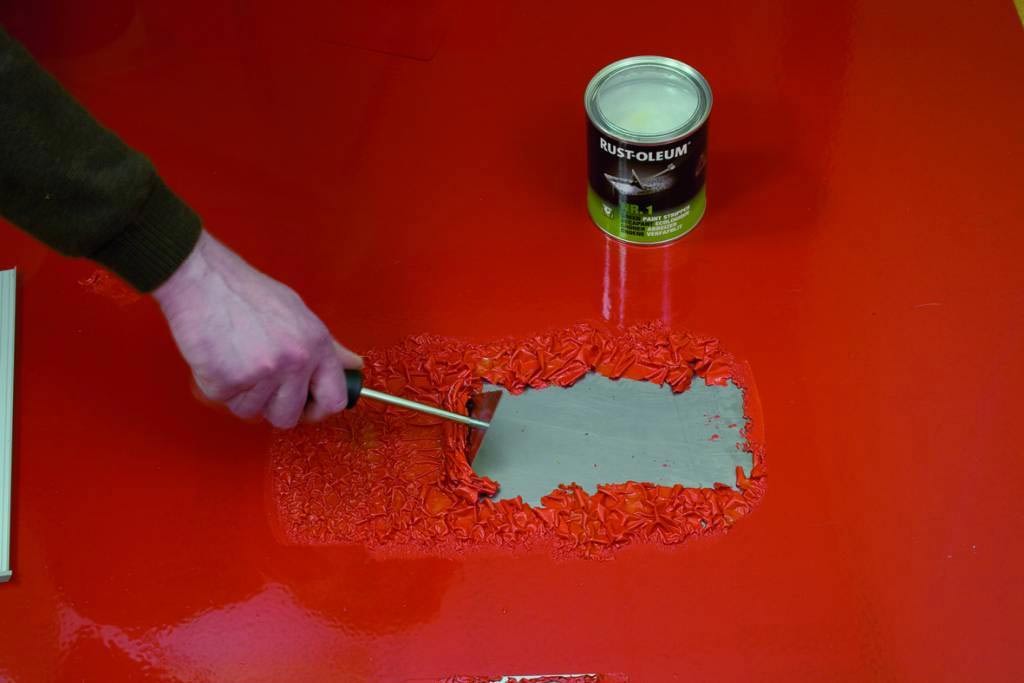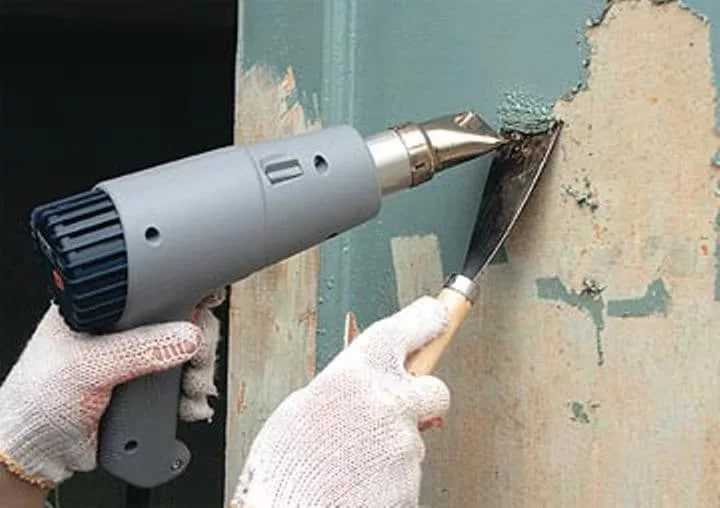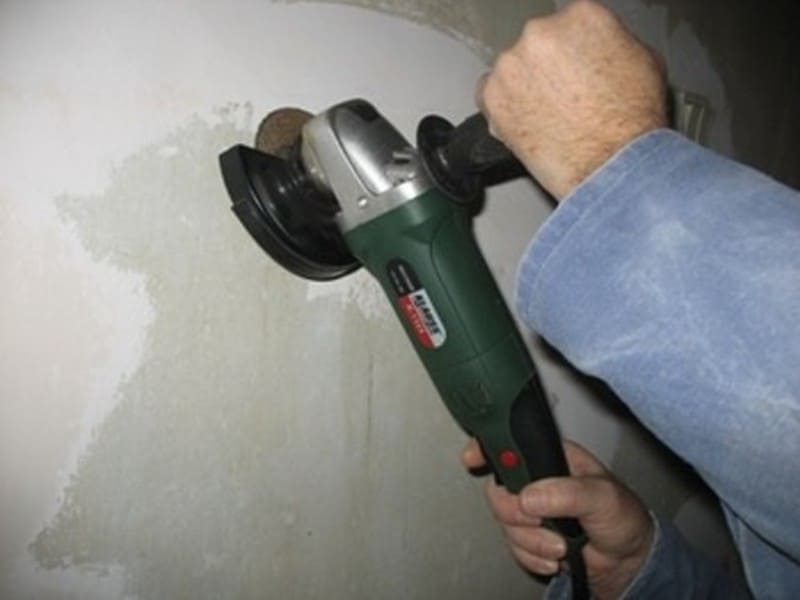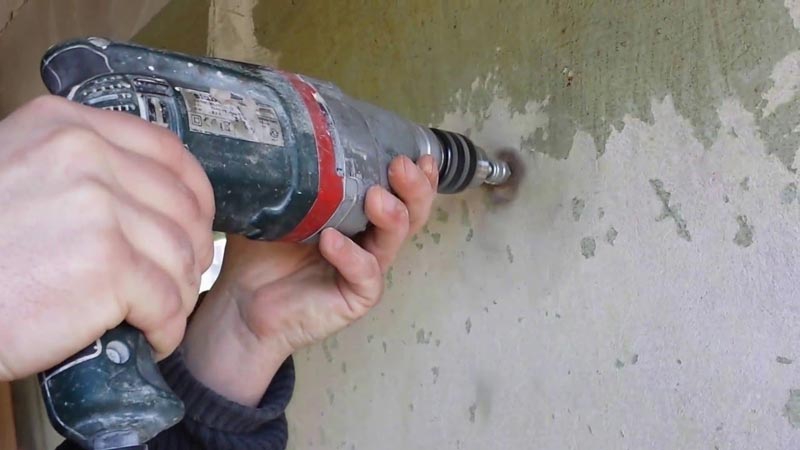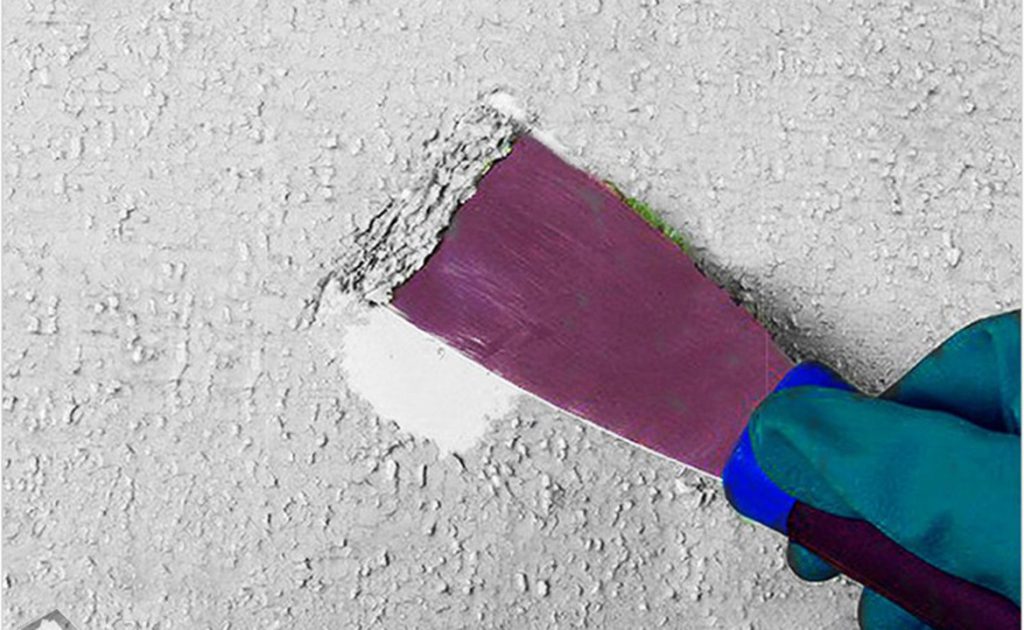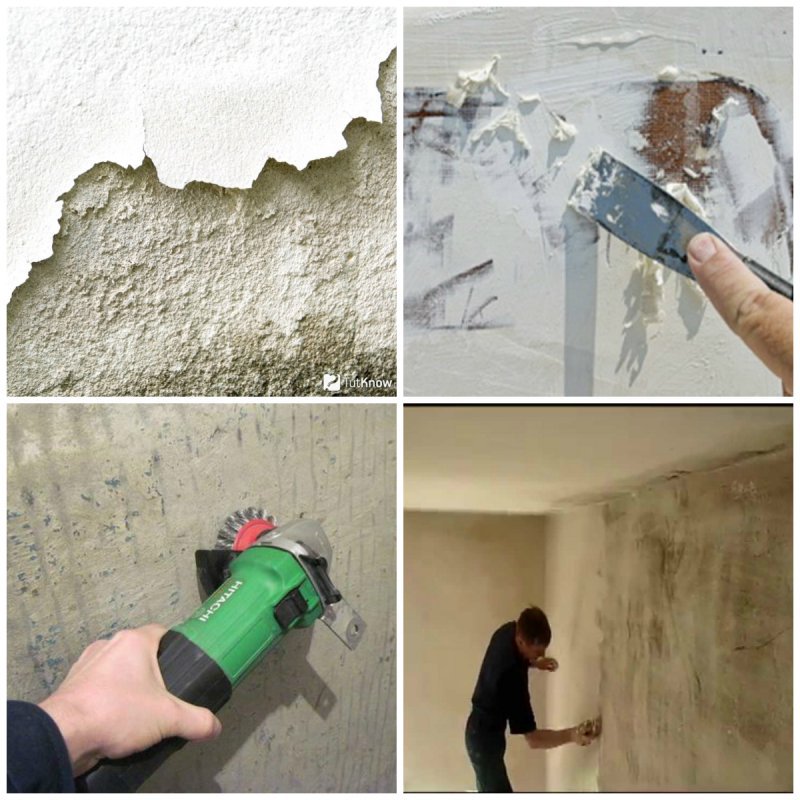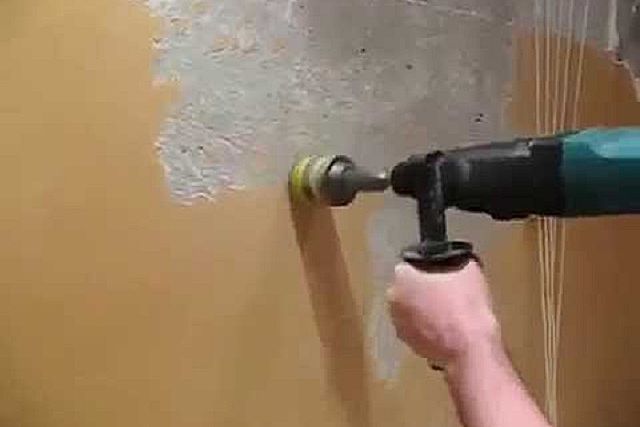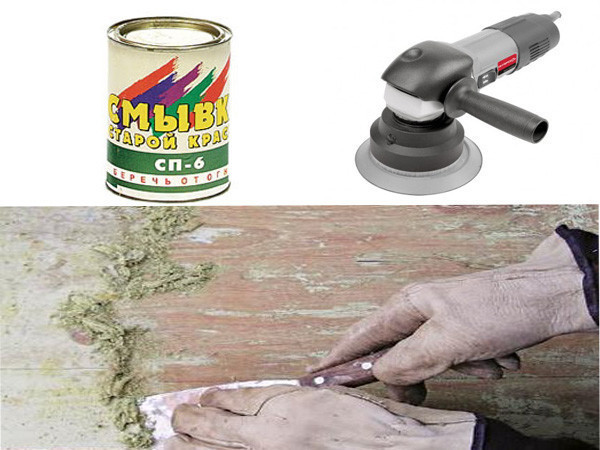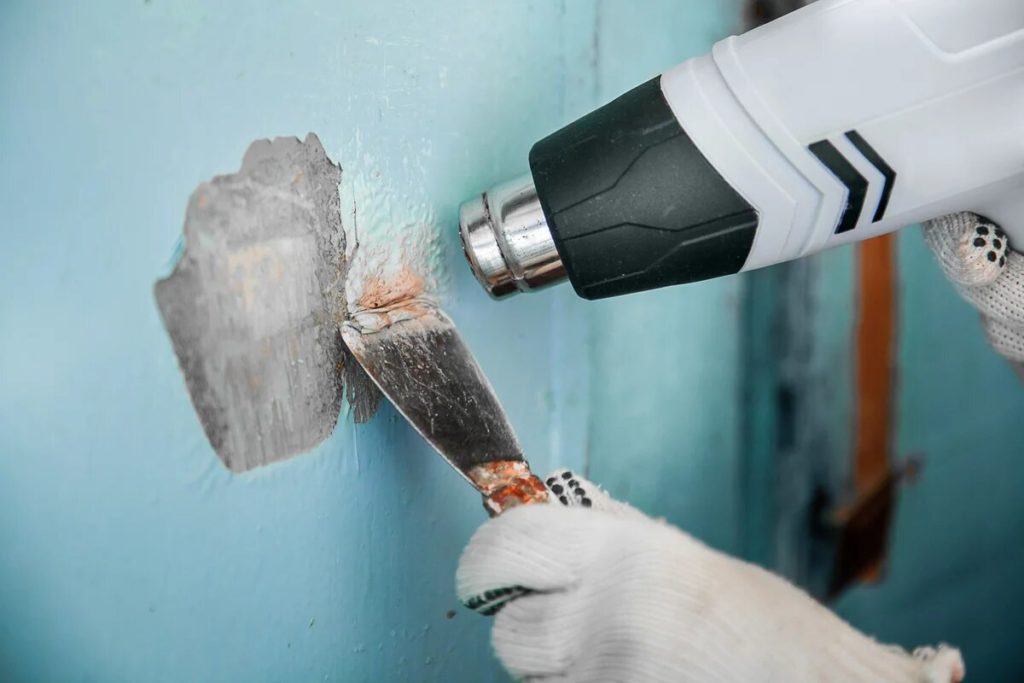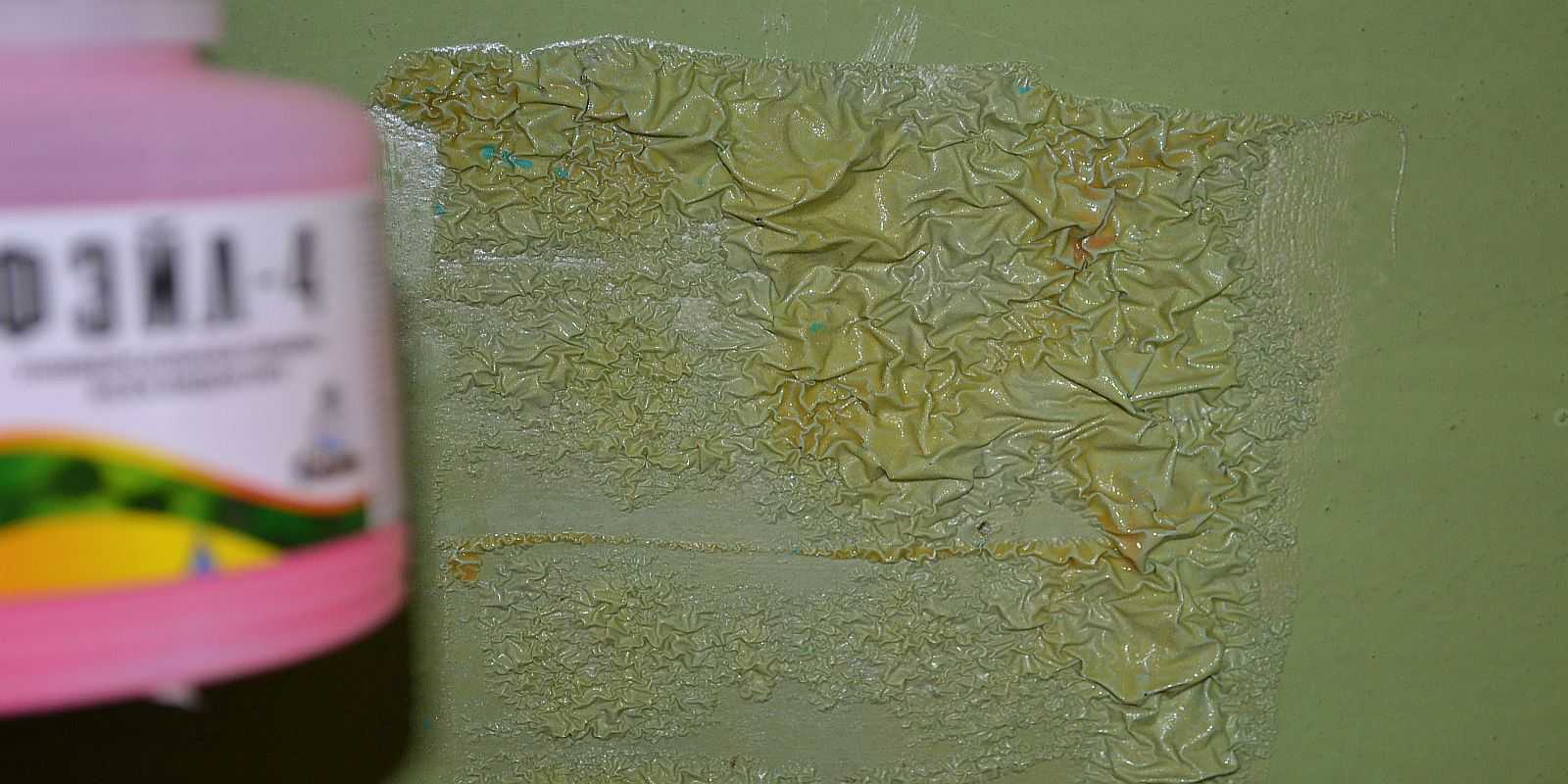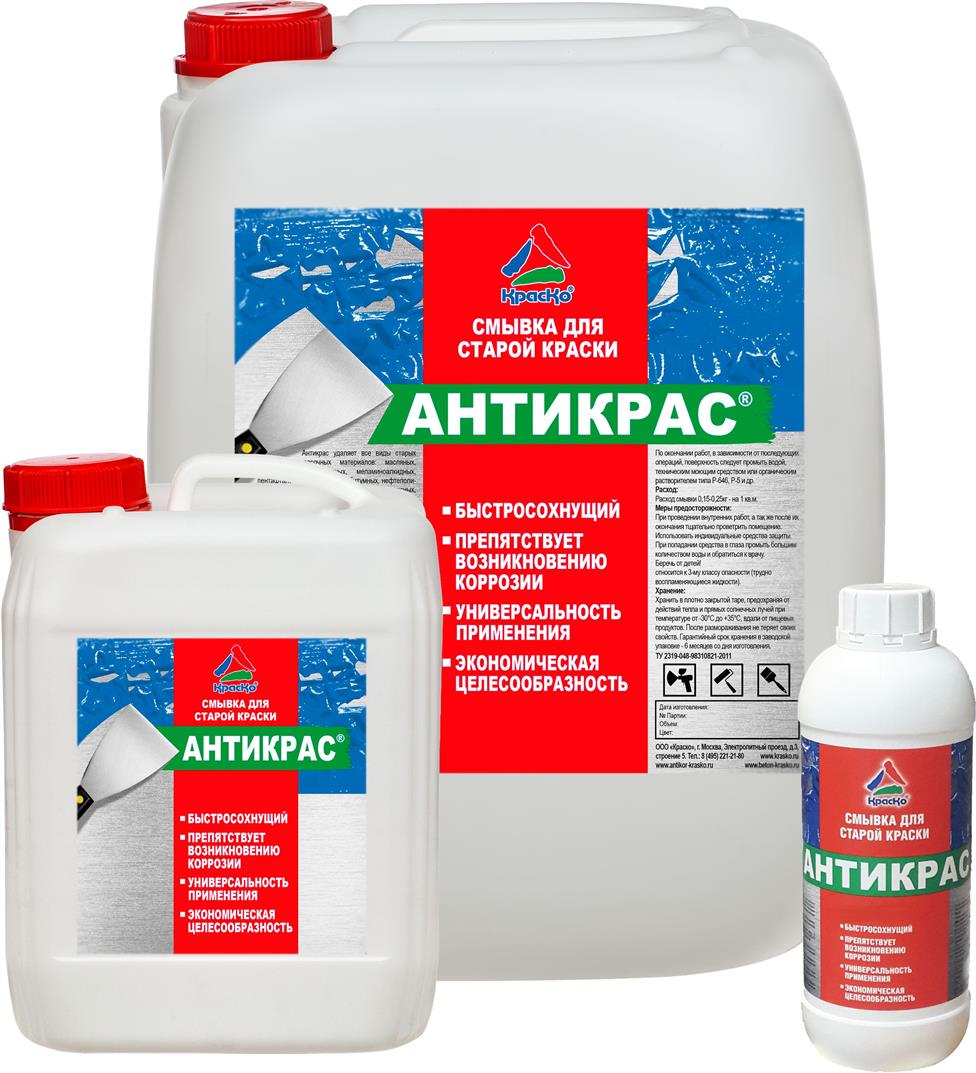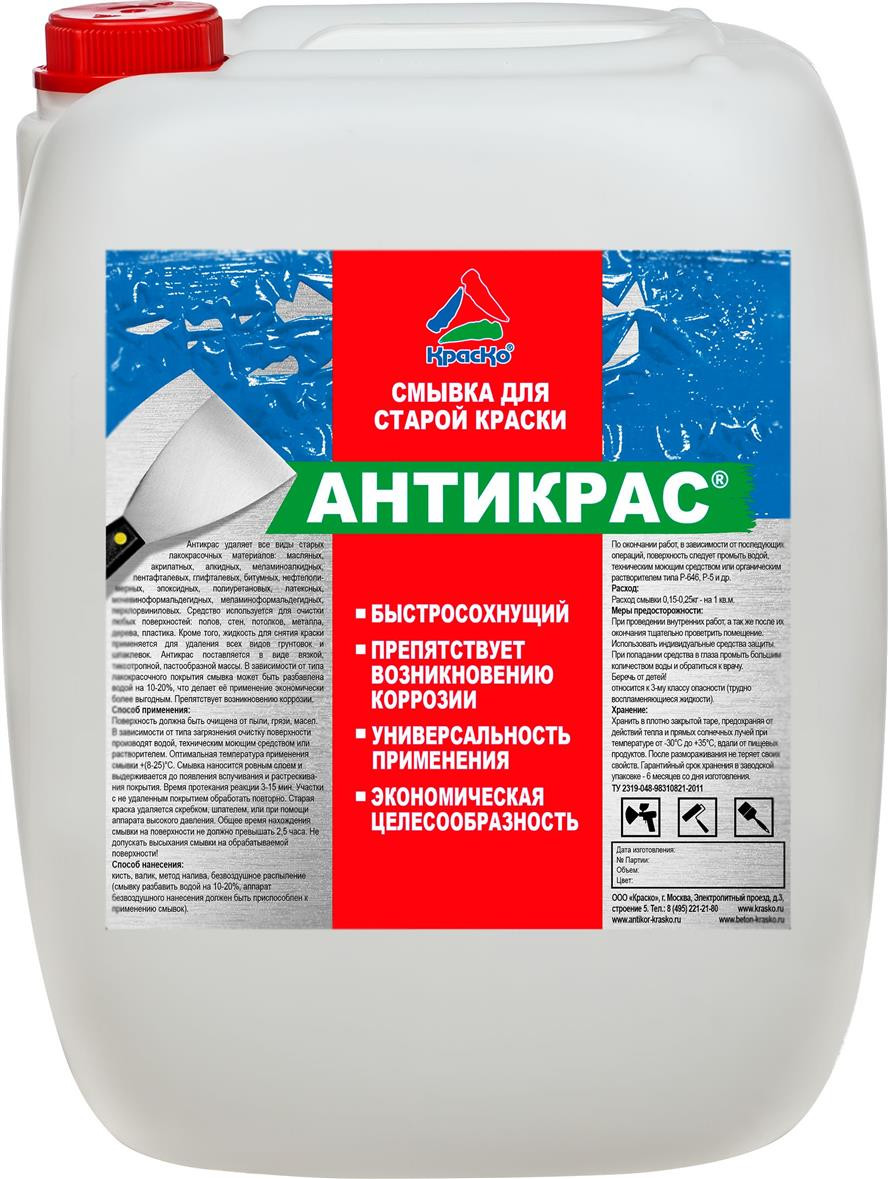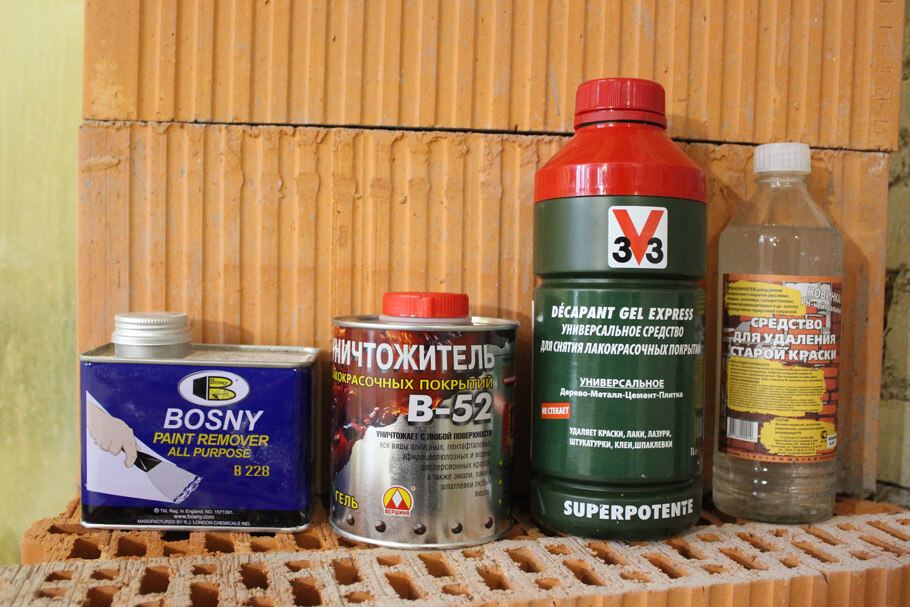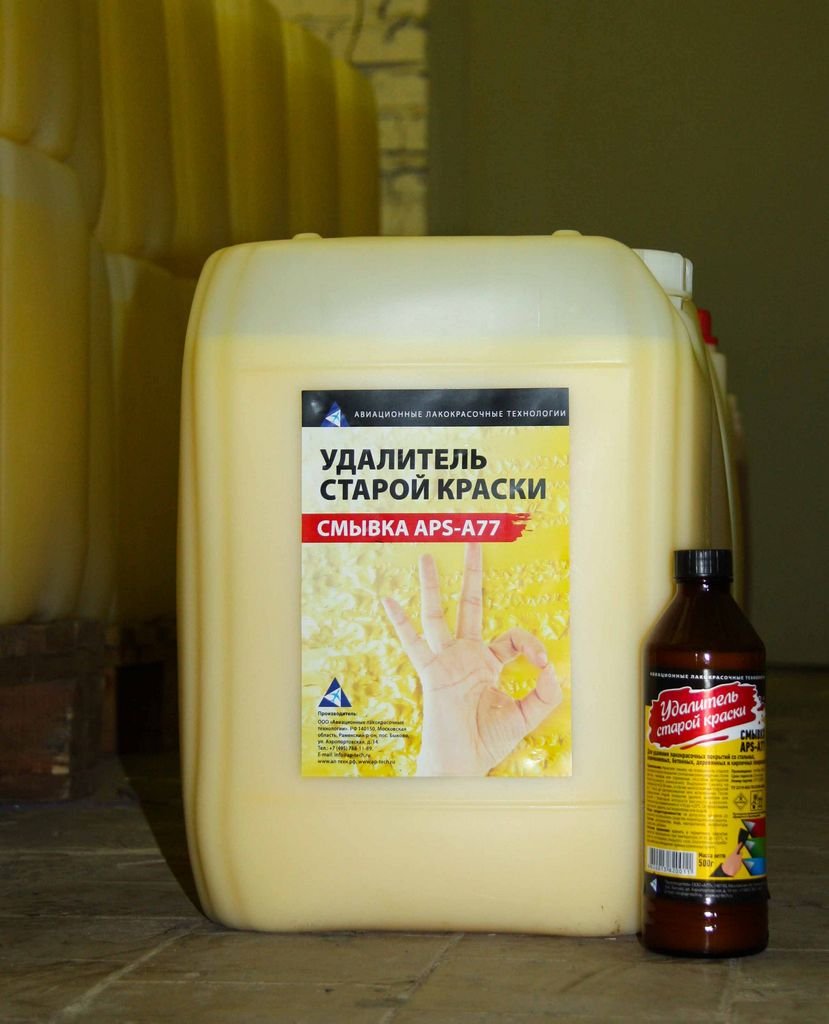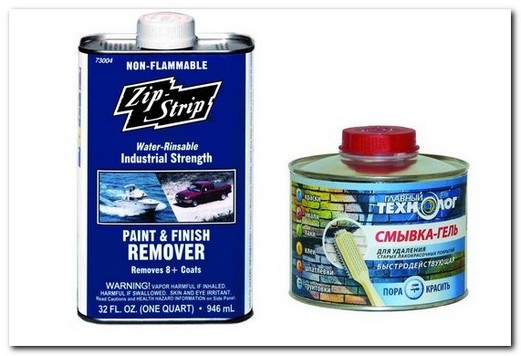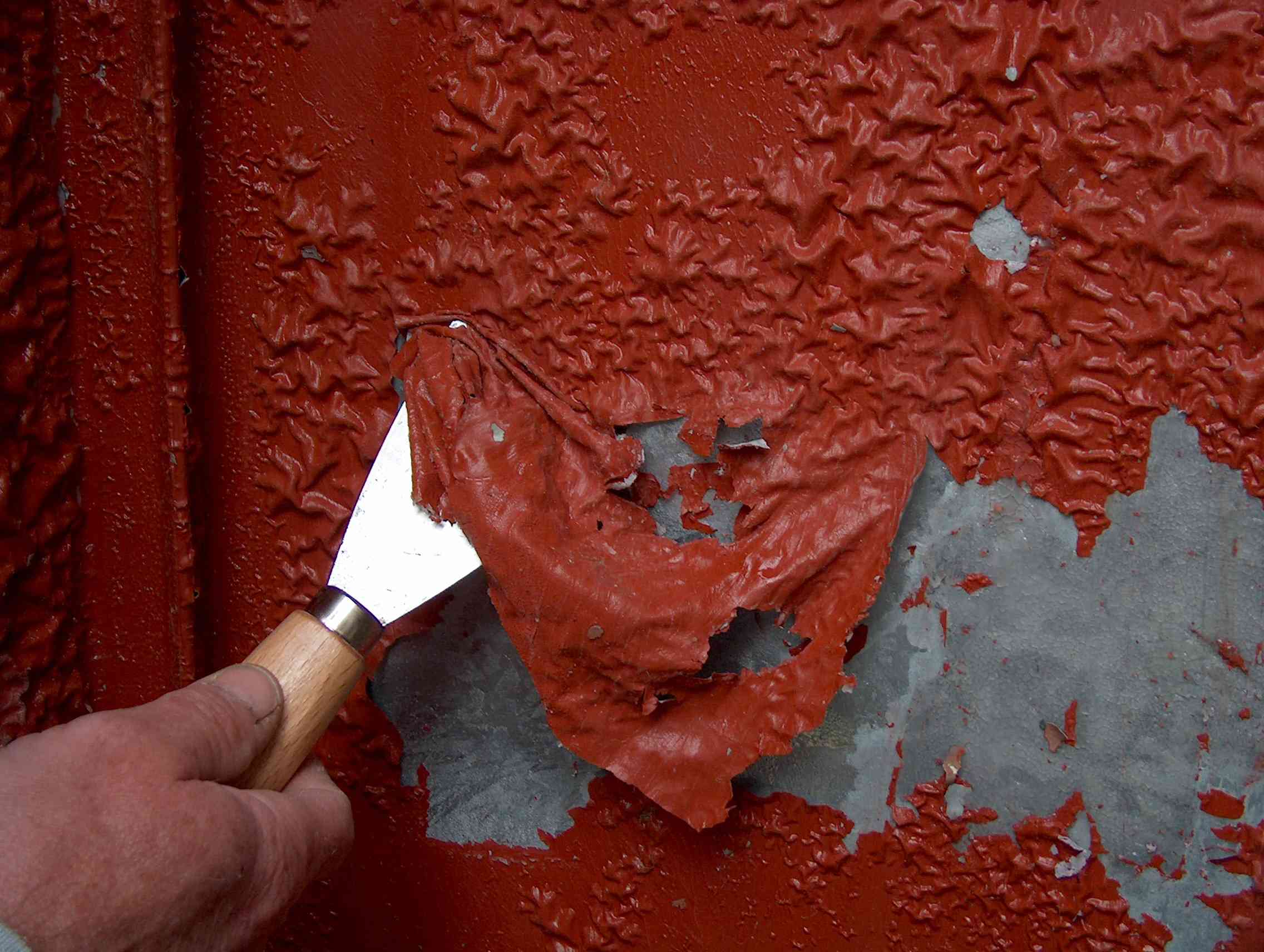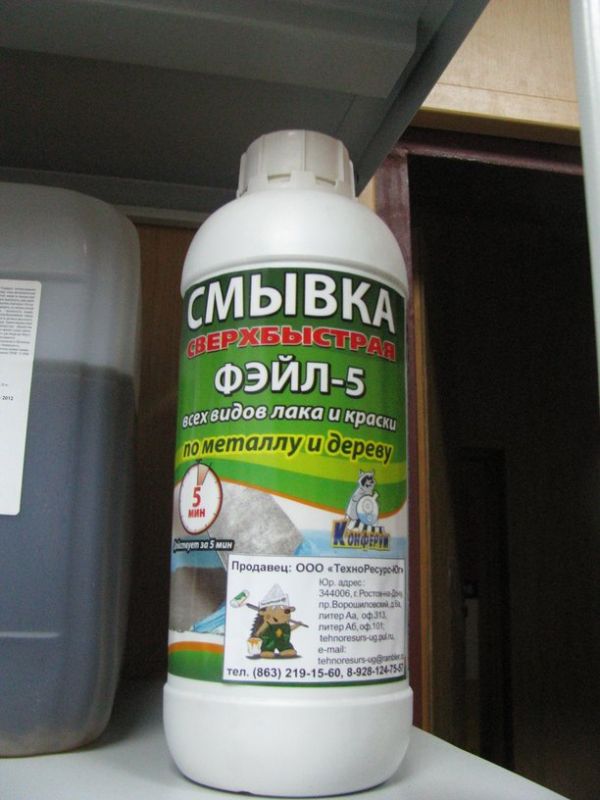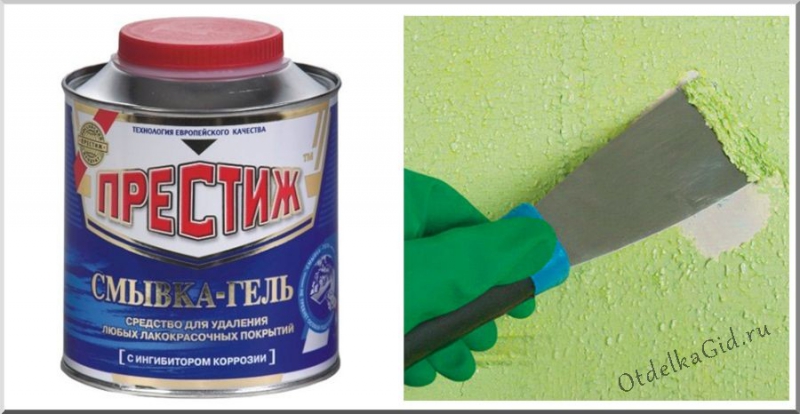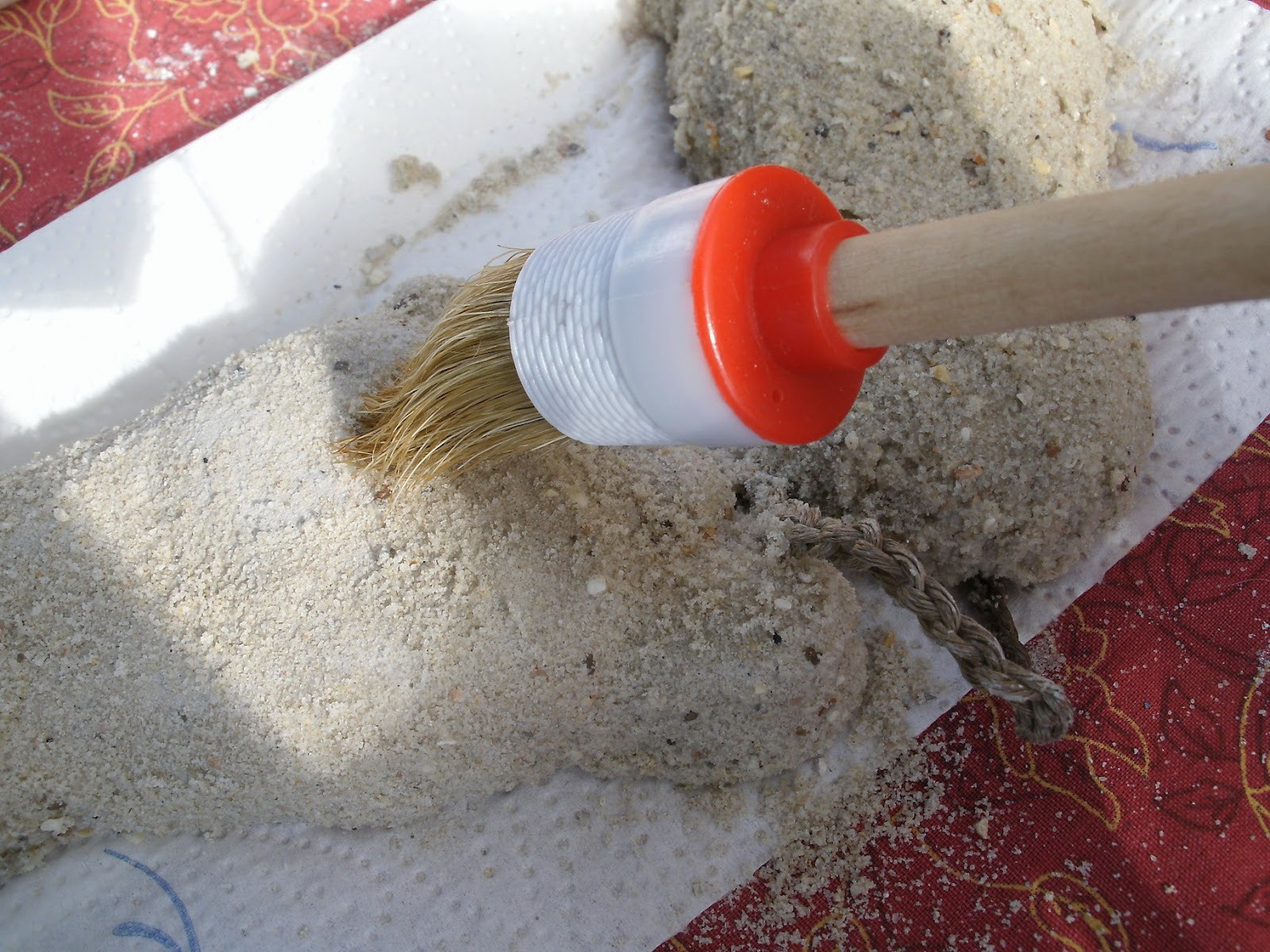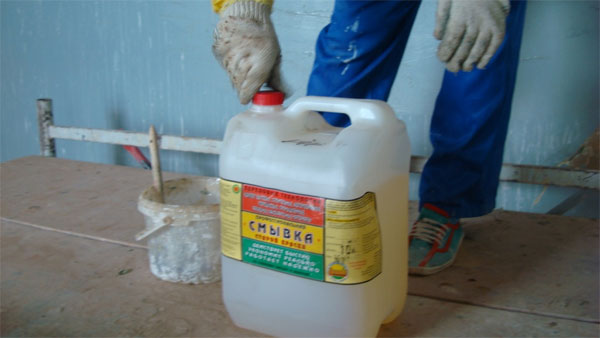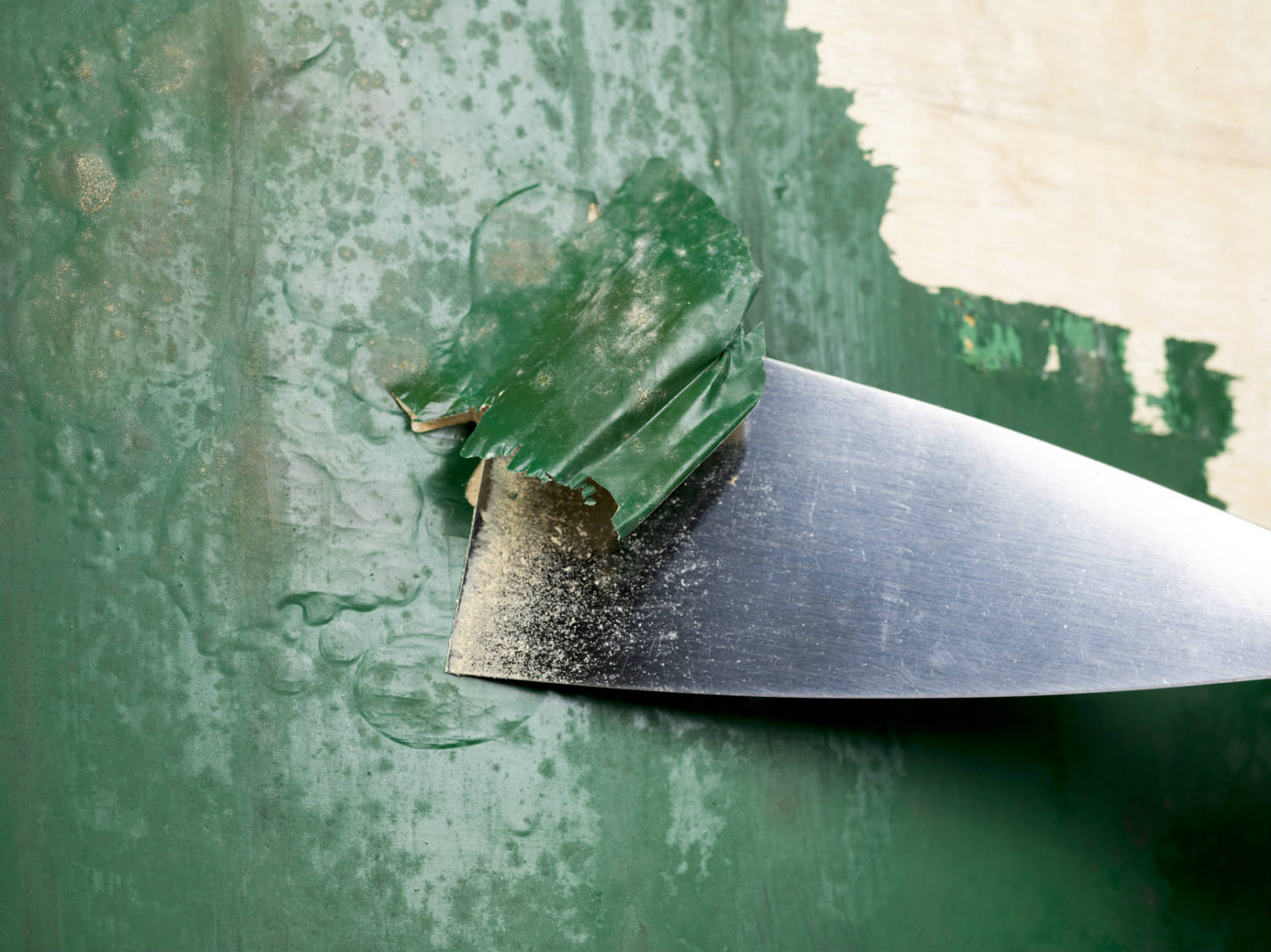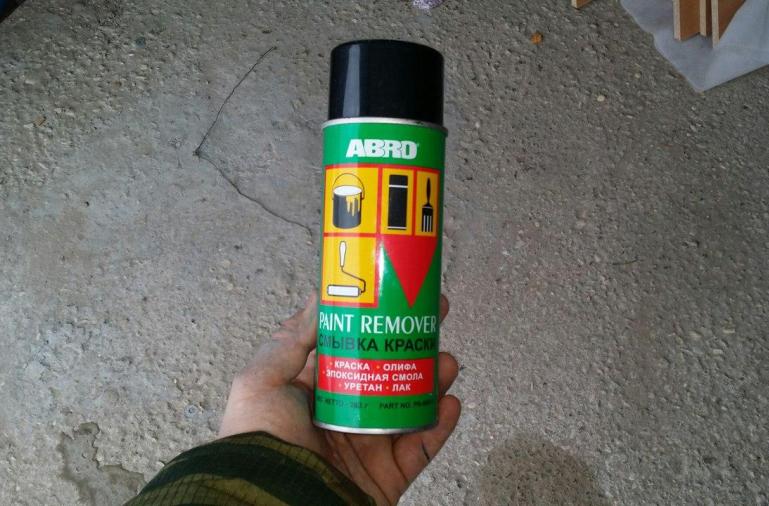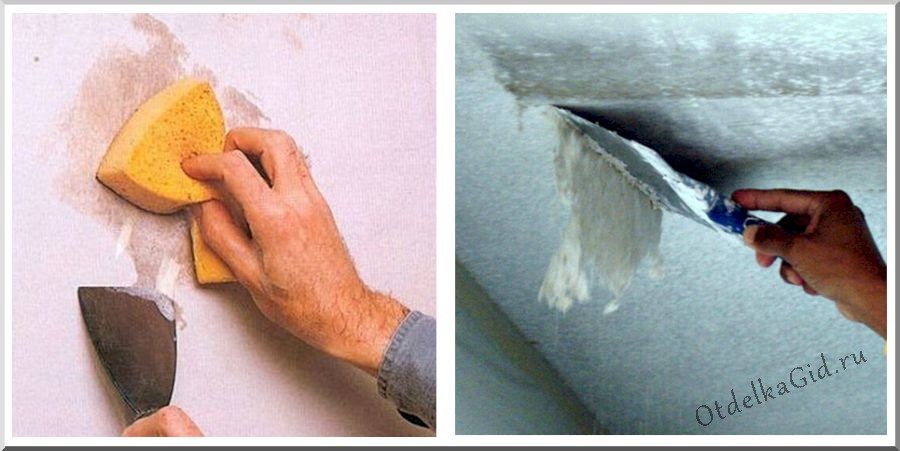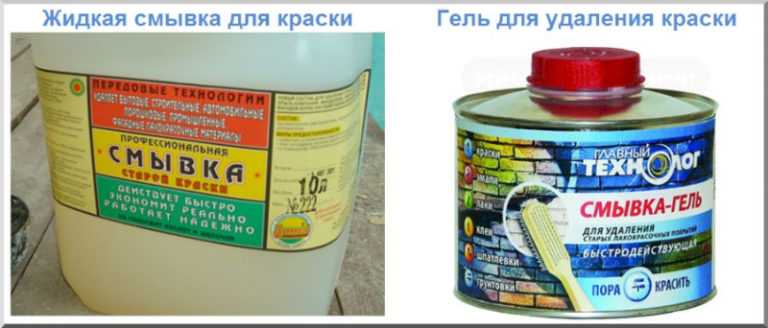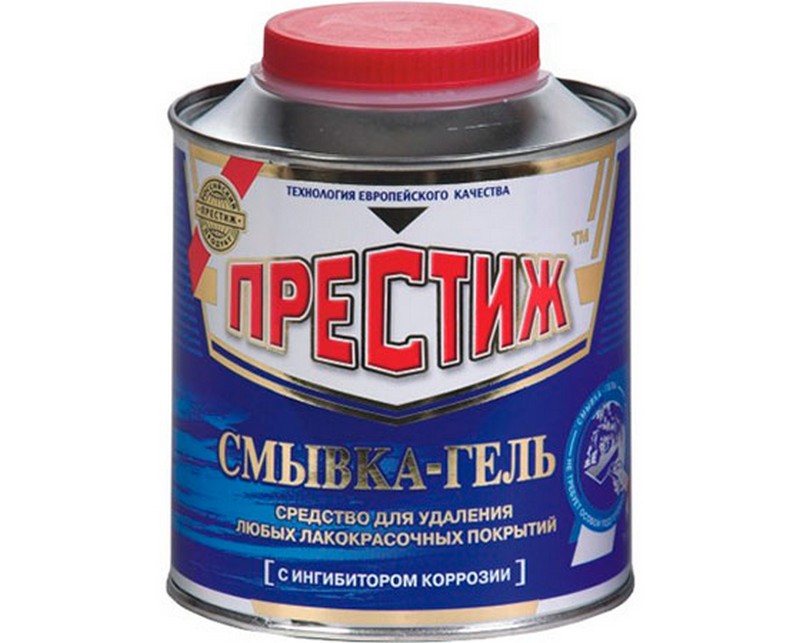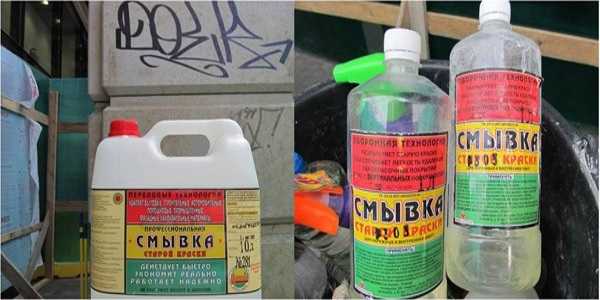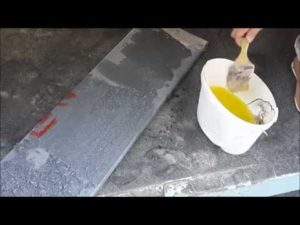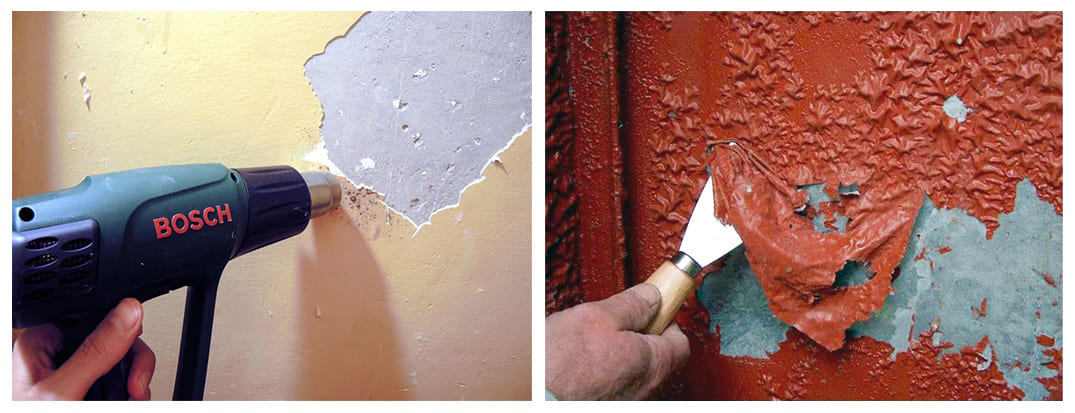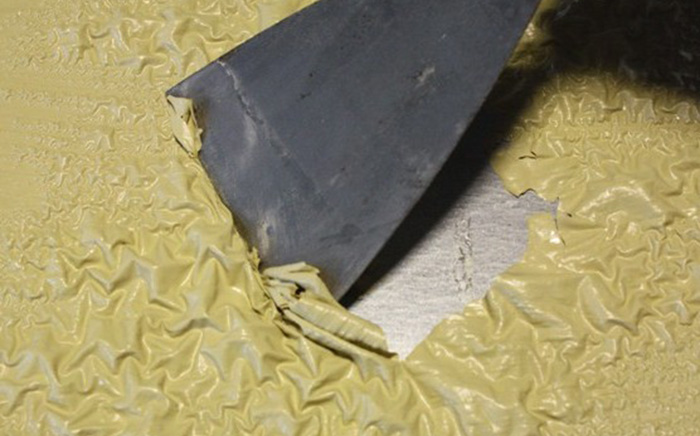Do I need to remove old paint?
When deciding on the restoration or decoration of wooden surfaces, many are faced with a difficult task and cannot decide whether to remove the old coating or paint over the old one. The answer to the question depends on the condition of the old layer and its thickness. If the previous layer is thin, does not have any damage in the form of cracks or blisters, then it is quite enough to process it with sandpaper to remove gloss and you can safely paint it with a similar paint. However, if the previous layer is too thick or contains several layers in a row, then, of course, it must be removed.
If the old paint has cracks or bulges through which the tree is visible, then these places also need to be cleaned to clean wood, covered with a protective layer of primer and only after that new paint should be applied. Removing the previous layer is also necessary when using a different type of paint mixture, since the application of two incompatible substances can result in destruction of both coatings and damage to the wood.
We wash out the silicone paint
This composition is usually used to paint the ceiling in rooms with high humidity levels. It will not work to remove it from the ceiling with water or soapy water. To destroy the silicone-based water-based emulsion, special chemicals (removers) are produced.
Types of solvents for water-based paint
Easily wash off a layer of silicate paint using a special active agent:
- Docker S4 is acid-free and has a gel-like, viscous structure that can be easily applied to the ceiling. The solvent acts instantly, penetrating deeply into the coating. Already after 3 - 10 minutes, it softens the paint layer, which at the same time begins to bubble and is easily cleaned.
- ELKON S wash is an inorganic solvent that actively removes paint from any base, has the properties of thixotropy. The reaction takes place within 1 to 10 minutes. The detergent is applied to layers of water-based emulsion, which are quickly softened and cleaned with a spatula, stiff brush or wooden scraper. Such a tool can remove two or three layers of the old coating at a time.
- Cleaner APS-A77 effectively softens paint coatings on all building materials. After a while, the layer cracks and swells, which makes it possible to quickly remove it from the base plane. The chemical acts on the surface within 2 to 30 minutes. How long it takes for the detergent to disintegrate depends on the thickness of the finishing layer.
- Washing off FILE-4. It is a versatile, viscous liquid designed to remove all types of paint formulations. Action time 3 - 15 minutes. It has excellent thixotropy and anticorrosive properties to the material of the main structure, it can be diluted with water.
Chemical paint removal procedure
A prepared plane is covered with a wash, from which dirt and dust have been previously removed and the furrows are scratched with a metal brush.
You can remove water-based silicone paint from the ceiling by applying detergent in two ways:
- Cover the surface to be treated with a hand tool: brush, roller or pouring spray. The gelatinous mass of the remover is applied to a small part of the surface and after a few minutes it is wiped with a solvent P - 646 or P - 5, after which the paint is perfectly removed with a metal or wood scraper. Further, the same procedure is performed on the rest of the reference plane.
- Application by means of an airless spraying apparatus (used only for FIL-4 remover). You can use a spray gun by pouring a wash diluted with water into its working container approximately 10 - 20% of the volume of the tool. The wash is applied with a stream onto the surface to be treated and left for 3 - 15 minutes. The time of action varies depending on the strength and thickness of the formation.
Handmade
The paint is left only when the walls are to be decorated with plasterboard panels. Sticking wallpaper or laying tiles on an untreated concrete surface is unrealistic. The material will last for several days at most, and then you will have to tear off not only the paint, but also the remnants of glue or solution, spend time and money on buying new finishing materials.
In the house in which the renovation is started, there is always a spatula and a hammer, and some even have a small ax. The method is noisy and takes a lot of effort, but after such treatment, the concrete walls become perfectly flat and clean.
With an ax or a sharp part of a hammer, gently hit the paint layer, retreating 2-3 cm from each dent or notch. Do not hit too hard so as not to damage the wall. It will become easier to work if you first sharpen the tools, including the spatula.
The paint, covered with thick cracks and notches, is moistened abundantly with water. Sometimes salt or wallpaper glue is added to the liquid so that the coating lags behind better. Apply with a brush or roller, sparing no water.
Leave the walls alone for 4–6 hours to allow the mortar to absorb and soften the concrete.
Ready to remove paint swells and flakes. Pry the old finishing material with a spatula and clean it off. It comes off in small pieces or large plates. Bare walls are sanded with hard-bristled brushes or coarse-grained sandpaper. Professional removal of old paint from walls?
Be sure to dry it, and only then they begin to apply a primer and glue the wallpaper.
It is not necessary to soak the old coating if you sharpen the tool well. Depressions are made on the walls, and then the paint is removed. Ideal if applied in several layers. The thicker, the easier it is to remove.
Some people use a hammer and chisel, but this method takes too long to clean the walls.
Experienced builders who have done more than one renovation recommend buying tools with rounded edges. They are more convenient than square and rectangular varieties.
The ax should be handled with care, especially by beginners who are holding the unit in their hands for the first time. The tool may slip out, injuring a foot or toe, and the repair will take an indefinite amount of time.
How to properly clean the door from old paint
Having determined the type of agent applied to the door leaf, choose a method for its removal, taking into account the number of layers. Before starting work, stock up on tools in the form:
- scraper;
- spatula;
- drills;
- hair dryer.
To remove dust, you will need a rag, cover the door with foil or wrap it with tape.
Chemical method
The simplest option, which allows you to remove old paint, does not require special equipment or electricity costs. The cracked coating is treated with a solvent. The chemical destroys the paint molecules, and it easily peels off the surface of the canvas. When choosing a reagent, it is necessary to take into account the type of wood from which the door is made.
Mechanical method
A cracked coating can be cleaned without using chemicals. Pry off the old paint with a staple, when it falls behind, remove it with a scraper. With the mechanical method, the surface of the door leaf does not need to be wetted with water, but sharp movements must be performed, trying to avoid the appearance of marks on the tree from a sharp spatula.
The paint, which holds firmly, is removed with a drill or grinder, and applied in several layers by grinding.It is not recommended to use brushes as attachments for an electric tool, the wire scratches the wood, and after cleaning the coating, the surface of the canvas must be primed. The mechanical method is not suitable for removing paint on an uneven door, the material cannot be removed from the joints and recesses, it will remain there.

Thermal method
Peeling paint can be heated, but the exposure temperature must be selected, taking into account the type of wood, so as not to destroy the structure of the material. The thermal method allows you to cope with old coatings that cannot be cleaned with a scraper. For heating use:
- construction hair dryer;
- blowtorch or infrared lamp;
- gas burner.
Sandblasting, in which the paint is broken into small particles under the pressure of air and the use of sand, and the canvas is not damaged, is not performed at home. Expensive equipment is used only by specialists.
How can old paint be removed from a concrete wall?
There are many ways to remove paint and varnish, which can be divided into three main groups:
- 1) the mechanical method, which consists in simple scraping or erasing with a spatula, steel brush, or using a drill with a special attachment;
- 2) thermal, which is the softening of old layers by heating;
- 3) chemical - washing off paint from the surface with solvents.
Spatula and hatchet or steel bristle brush
The mechanical method is the simplest, which does not require special material costs for the purchase of additional tools or solvents.
Advantages of the method:
- profitability;
- ease of use.
Disadvantages:
- labor costs;
- takes quite a long time;
- chipped on the walls;
- a large amount of dust is generated during operation.
The use of a hatchet or spatula is advisable if there is a fairly thick layer on the wall. When the surface is painted in one or two layers, it is better to give preference to a stiff brush, which will erase the coating with minimal damage to the base.
If a hatchet is chosen as a tool, it is necessary to make many small notches with not very strong, but frequent blows, placing the tool at an angle to the wall. It is easier to work with a spatula if the paint is very old and has already started to flake off on its own. In this case, it is scraped off with straight movements, and the tool is kept at an angle. The brush erases the coating by rubbing.
When choosing this method, it is worth considering that it will be much more difficult to scrape off oil or acrylic paint than enamel.
Drill with attachment
The mechanical method using a drill and a special nozzle is almost the same according to the principle of efficiency. It will be a little faster to clean off the paint in this way, but you will need to purchase the drill itself and several nozzles in the form of a metal brush.
Thermal method
The thermal method consists in softening a dense layer of paint by heating, followed by removal with a spatula. Not suitable for water-based mixtures as they do not melt.
Advantage - it allows you to reduce labor costs and time.
Disadvantages:
- requires the use of special equipment;
- during work, a lot of harmful chemical gases and smoke are emitted;
- unacceptable if it is required to remove the coating in only one room, since the unpleasant smell is strongly eaten, and smoke and gases can spoil the rest of the finish.
In this case, the paint along with the wall is heated with a gas torch, blowtorch, hair dryer or heat gun, and then scraped off the surface with a spatula. At the same time, it is better to give preference to a building hair dryer, as the safest tool, because when using a gas torch or blowtorch, too much soot is released, and the heat gun heats up the whole room.
You should not choose this way of getting rid of old paint for people with diseases of the respiratory system, cardiovascular system, as well as for pregnant women.
Chemical method
The chemical method of removing paint using solvents and various washes is the most modern.
Advantages:
- does not require a lot of effort and time;
- as easy to use as possible;
- safe if the solution does not come into contact with the skin or mucous membranes;
- the surface is cleaned without additional mechanical damage;
- suitable for all types of paint;
- can be used in any room.
Disadvantages:
- additional material costs for the purchase of a special tool;
- not suitable for thick layers or if the coating is more than two years old.
In this case, a special substance is applied to the painted wall, designed to remove various types of paint, after which the coating is softened and scraped off with a spatula or simply wiped off with a rag. In this case, it is better to give preference to ready-made branded washes, since the use of a cheaper solvent or acetone will greatly increase labor costs. In addition, different types of paints react to different types of chemistry, and it will be difficult for a non-professional to find the right one the first time.
Chemical solvents should be used with extreme caution in well-ventilated areas, avoiding skin contact, and using a respirator. Pregnant women are prohibited from being in the work area.
Features of use
In order to remove paint from metal (in particular, from car body parts), three main methods are used - mechanical, thermal and chemical.
The disadvantages of the mechanical processing method are the possible damage to the applied areas that do not need to be processed, as well as the need for significant physical effort. The thermal method assumes the presence of special equipment and the need to adhere to the appropriate technology.
In home and garage conditions, the chemical method of removing paint from the metal of the car body or other surface is most preferable. Most popular paint strippers work quickly and efficiently and are inexpensive. But which of them cope better with the task of removing paint and / or varnish, we consider in the rating below.
In order to remove the old paint from the metal in this way, you do not need a tool, the processing is carried out by spraying from a spray gun or by brushing (when processing large surfaces, a roller is used). It is also a great advantage that it can be used on parts of any shape and material. However, it should be borne in mind that you have to work in a respirator, rubber gloves and in a ventilated place, and additionally do degreasing at the end of the wash.
The essence of using paint removers is to apply an appropriate agent to a previously cleaned surface, after which a chemical reaction occurs, which involves the dissolution of the old paint. In this case, only the paint and varnish coating is destroyed, and the metal itself (or other material) is not damaged, and, accordingly, is suitable for further painting, provided that it is pretreated with appropriate means.
As a rule, the effectiveness of paint shredders depends not only on the effectiveness of a particular composition, but also on the aging and quality of the paint itself. So, for example, the popular B-52 product has a limited shelf life. Any wash is applied at least two or three times, so if you clean the metal the first time, it was not possible not to rush to find out the product.
Composition of paint removers
As a rule, the base of a paint remover from metal is acid (it can be different, depending on the area of use, the intensity of the product, as well as the manufacturer itself, sulfuric or hydrochloric acid is often used). However, in most cases, acid poses a danger to human skin, and even more mucous surfaces (it is very dangerous to inhale vapors). Accordingly, it is advisable to work with paint removers in personal protective equipment - rubber gloves and, possibly, in a respirator. It is imperative to read the exact information about this in the instructions for a particular tool BEFORE using it!
Paint removers are usually based on one of the following chemical compounds:
Organic solvent. These can be a wide variety of chemically active agents, for example, benzene, toluene, acetone, turpentine and similar compounds. They are excellent for removing epoxy coatings (resins), alkyd and oil paints.
Acid. Usually sulfuric or hydrochloric acid is used. Removers based on them dissolve acrylic paints, epoxy compounds, polyurethane best of all, and neutralize corrosion centers. The disadvantage of such chemical compositions is that with prolonged exposure to the surface, they can damage the metal. Accordingly, after application and treatment, they must be neutralized with an alkaline solution.
Alkali. Typically, this is caustic soda (NaOH). Metallic paint removers based on caustic soda are excellent for removing varnish based paints and other decorative materials.
Please note that these are absolutely NOT suitable for processing aluminum surfaces, as they can damage them by entering into a chemical reaction.
When choosing one or another paint remover, you always need to pay attention to its basis, since this will not only allow you to choose the most effective tool in a particular case, but also not harm the surface to be treated. Therefore, always read what is written in the instructions!
Removing from the ceiling and floor
When cleaning the floor and ceiling, you should start from what material the finish is made of. For example, a kitchen floor can be cleaned by almost any method, because usually floor coverings are laid there, ready for any destructive factors.

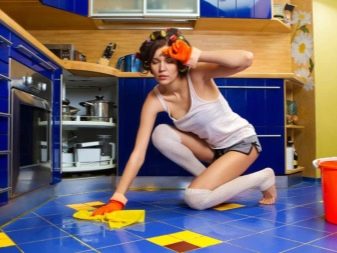
Another thing is when you need to clean the stretch ceiling. It is unlikely that someone would paint it, but paint could accidentally get on the surface. The PVC film, from which such ceilings are usually made, categorically excludes the use of abrasives that can scratch the surface. The use of chemical solvents is also highly undesirable - there is a high risk of accidentally dissolving the film itself.
In this situation, it is usually advised to wash the surface by hand, and without the use of mops and other extension devices (the risk of tearing the ceiling covering increases).

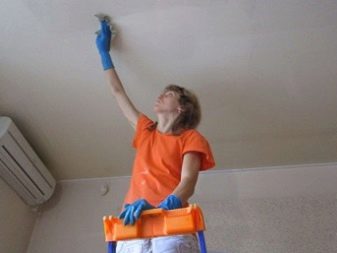
You can learn how to simply knock old paint off the walls in the following video.
Burning
Powder paint can also be removed thermally. This is the most effective method of removing the coating, however, it is far from being the most gentle on the material. For example, do not burn out cast iron or plastic surfaces. In the first case, the material will crack, in the second, it will melt. It should also be noted that during heating, some materials release toxins that are dangerous to human health. A blowtorch or oxygen-acetylene torch is usually used for firing.
When choosing a method of cleaning from powder paint, one should take into account the characteristics of the base material, its shape and dimensions, and the presence of tools. The easiest way is chemical cleaning
If surface characteristics permit, sandblasting can also be used.Firing is used as a last resort if other options have not worked.
Beginning of work
Cleaning paint is not an easy process and requires preparation. Before starting work, you need to inspect the wooden product to determine its suitability.
The next step is to select tools and appropriate protective clothing. The most gentle tools are selected in order to cause minimal damage to the wood.
- protective clothing: mask, gloves, glasses;
- soft cloth rags;
- spatulas, sandpaper;
- hair dryer with temperature control;
- washer;
- electric drill;
- metal brushes;
- angle grinder.
There are many ways to remove paint from wood surfaces:
- Mechanical processing is faster than other methods to cope with large areas. The method allows the paint to be removed along with the top layer of the wood product.
- Cleaning with chemical reagents involves the destruction of the structure of the dye.
- Thermal method, which involves the use of a special hair dryer.
 Before starting work, you should take into account the characteristics of the paint, namely:
Before starting work, you should take into account the characteristics of the paint, namely:
- Thickness. If the wood product is covered with one layer, then instead of removing it, you can try applying a new layer of dye over the old one.
- The texture, so that the new coating is similar in its properties to the old one.
- Colour. All traces of the previous coating should be removed to prevent mixing of colors during further coating of the product.
- The age of the previous coating. The old coating can peel off strongly by the time it is removed, which, during subsequent painting, will lead to tuberosity.
Before you clean old paint from wood, you should decide on the following factors:
- Opportunity to work outdoors. It is advisable to clean off paints and varnishes in a well-ventilated area to avoid the ingress of dust or poisonous fumes on the mucous membranes.
- The number of layers to remove. If more than 3 layers have to be removed, then a mechanical method should not be considered. This will lead to a large waste of materials.
- The ability to move the workpiece. When processing a non-mobile product, there is a risk of harm to the objects around it.
- Surface relief. For obvious irregularities, chemical treatment should be used.
Mechanical cleaning methods
To take advantage of them, you have to make every effort. You can do with the simplest means or speed up the process with a punch or grinder with the appropriate attachments, especially since now it is possible to rent almost any power tool for a small fee. Let's consider in order.
With an ax
The tool makes frequent notches on the surface, after which it is thoroughly sprayed with water in order to weaken the adhesion of the paint to the wall and reduce the amount of construction dust during subsequent actions. Then, with the same ax, they clean off the cracked and swollen paint from the wall.
This method presupposes great physical endurance and caution in working with a heavy and dangerous tool, but it does not require financial investments and, subject to safety rules, is safe for health. The resulting construction waste is quite easy to remove.
This option is ideal if the walls are being prepared under tiles or plaster, since the surface, dotted with small irregularities, will receive a reliable adhesion to the wet solution.
With a spatula or chisel
An excellent solution to the question of how to remove oil paint from the walls if:
the coating does not hold well anymore and leaves in places;
you need to clean off the paint in hard-to-reach places and corners, as well as near sockets and switches;
the amount of work is small.
You should start from the place where the paint is peeling or swollen. While working, you can help yourself with a hammer, hitting it on the handle of the tool, if the coating is difficult to give in.The surface also needs to be moistened so as not to swallow dust, because it contains small particles of paint, which in itself is quite toxic, and, therefore, very harmful to health.
From time to time, the chisel or spatula will have to be sharpened, as they quickly become dull during such work.
Using a punch or grinder
This method allows you to significantly save time and effort. It is great for quickly removing paint from a concrete wall, which is considered the most difficult, as it holds the coating most strongly. Almost any surface can be processed in this way, it is even possible to remove paint from metal
The exception is wood, here you need to proceed with caution so as not to damage it.
Wire nozzle
An iron brush is often used as a special nozzle, but in this case, prepare for a lot of dust:
- Put on goggles and a respirator (or at least a damp gauze mask that you will need to change or rinse under running water from time to time).
- Protect your hands from possible injury with gloves, they will also help you grip the tool more firmly.
- Provide good ventilation.
After removing the old coating, you will need to clean the area with a powerful vacuum cleaner and carry out a thorough damp cleaning.
Brick crown
This option cannot be called the cleanest either, but you still don't have to dust to the same extent as in the previous case.
However, the precautions remain the same
It is especially important not to neglect the glasses, as the paint will fly off the wall in small pieces.
Nozzle - chain
The method is effective, but more traumatic. When working with the chain at high speed, there is a possibility of detachment of one or more of its links, which must have a cross-sectional diameter of at least 5 mm, therefore, protective goggles made of thick and durable plastic are required.
Recommendations when working with a chain:
- right-handers need to turn on the device by rotating to the left, and left-handed people, respectively, vice versa;
- there must be an odd number of links, since the chain is attached to the middle link;
- if one ring still flew away, then for balance it is necessary to remove one from the other end of the chain;
- the minimum length of the entire chain is seven links, that is, three pieces on each side; working with less is considered dangerous;
- the maximum length is fifteen links.
Whichever of the mechanical methods for removing oil paint from a wall or other surface is chosen, it is better to take the furniture out of the room or securely cover it with plastic wrap, and vacuum it after work.
How to remove?
Before treating a metal surface with a washing solvent, you must first thoroughly clean the dirt and dust from the metal, and then proceed to applying the remover.
The detergent composition is kept on the surface for about 20-30 minutes, the exact time is indicated on the packaging of the product. In order to increase the evaporation time, the applied composition is covered with a dense plastic wrap.
When the paint has softened well, wrinkles and begins to flake off by itself, you can begin to remove it with a spatula or wire brush. Removing the dissolved paint is easy. After the paint is completely removed from the metal, it is necessary to clean the surface from the remnants of the remover. The packaging also indicates the means that are intended for these purposes.
If after the first application of the paint stripper it was not possible to completely clean the surface, it is necessary to repeat this procedure as many times as necessary.
If it is necessary to wash off the powder paint from the aluminum surface, it is worth considering the fact that for aluminum, compositions are selected without alkalis that can destroy it.
Considering that solvents are chemical and toxic substances, it is necessary to take care of the safe handling of these materials in advance - it is recommended to use protective clothing, goggles and respirators.
After using the wash, it is advisable to thoroughly ventilate the room.
Based on customer reviews, we can conclude that removing paint from metal is a simple and quick process that anyone can handle on their own. There should be no difficulty in cleaning surfaces, provided that the cleaning agent is correctly selected depending on the type of old coating, and all points in the instructions attached to the package are observed.

